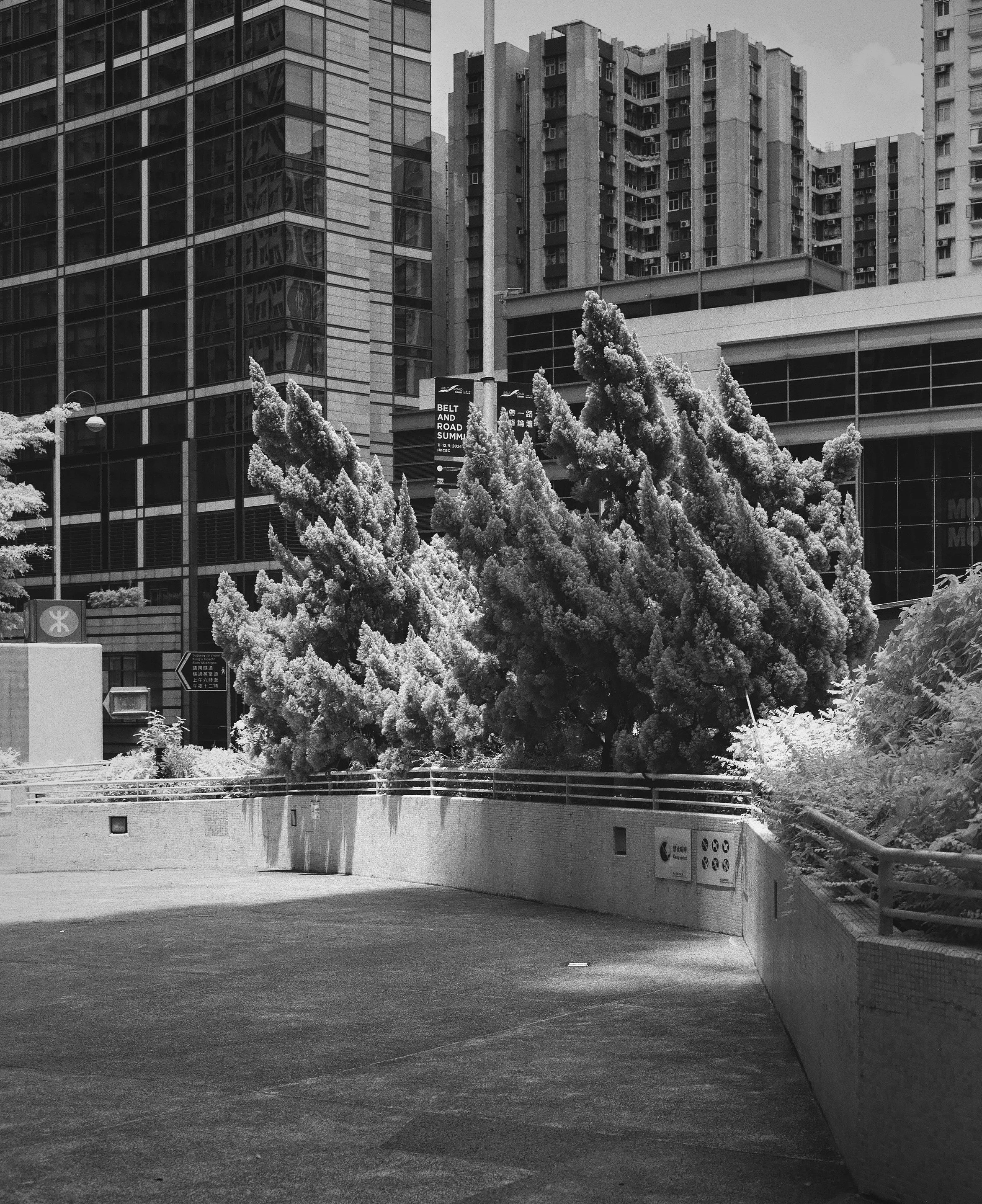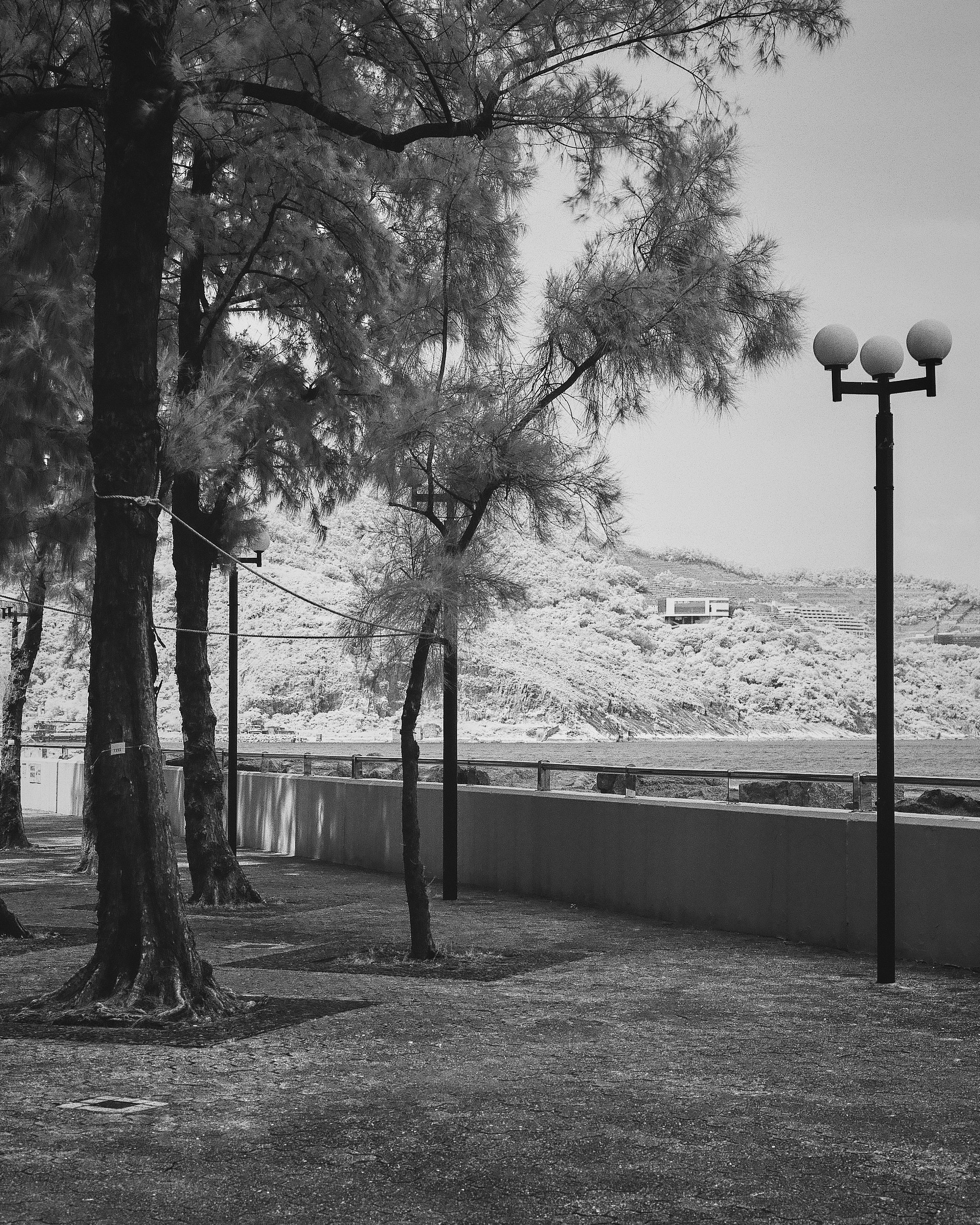In Captivity
A Typological Study On Windswept Promenades
Hong Kong | 2024-
I remember it was in 2011, exactly one month since I have moved in my new home when I was suddenly awakened, in the middle of the night, by the news that my apartment block has to be evacuated. It was the typhoon season of Hong Kong - apparently a lighter boat’s crane has cracked, swayed uncontrollably in the air, and got dangerously close to the facade of my building. The tip of the crane got as close to my neighbour’s windows as 10m apart. What a wonderful housewarming gift, I thought to myself.
The promenade of my housing estate was badly destroyed by the typhoon Nesat. The lighter boat stayed in front of my house for two weeks, but its ghost lingered in people’s minds, sulking against the promenade railing. Since then reporters gathered on the same spot whenever there was an incoming typhoon, waiting for another spectacle to happen.
After each typhoon the management company would promptly clean up the remnants of destruction. The only things that bears witness to these events, I observed, were the trees lining along the promenade. Resilient beings as they were, the ferocious winds had sculpted them over the years, rendering unimaginable shapes out of their frail branches and hedges. They have captured the shape of the winds, but were also in captivity of shallow landscaping planters lacking the depth they need to properly defend themselves against the elements.
Years later I returned to my old home and strolled along the promenade. These propped-up trees, I thought, have given their silent testimony of the fragility of manmade nature.






